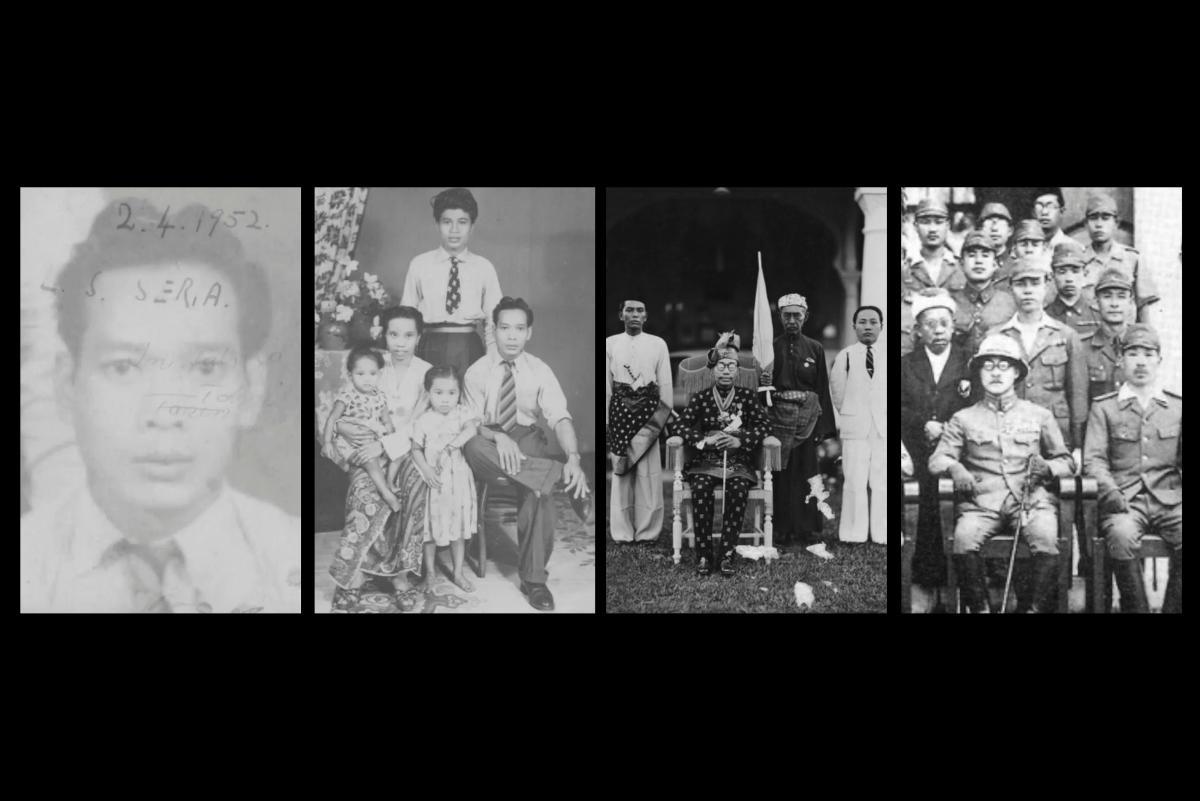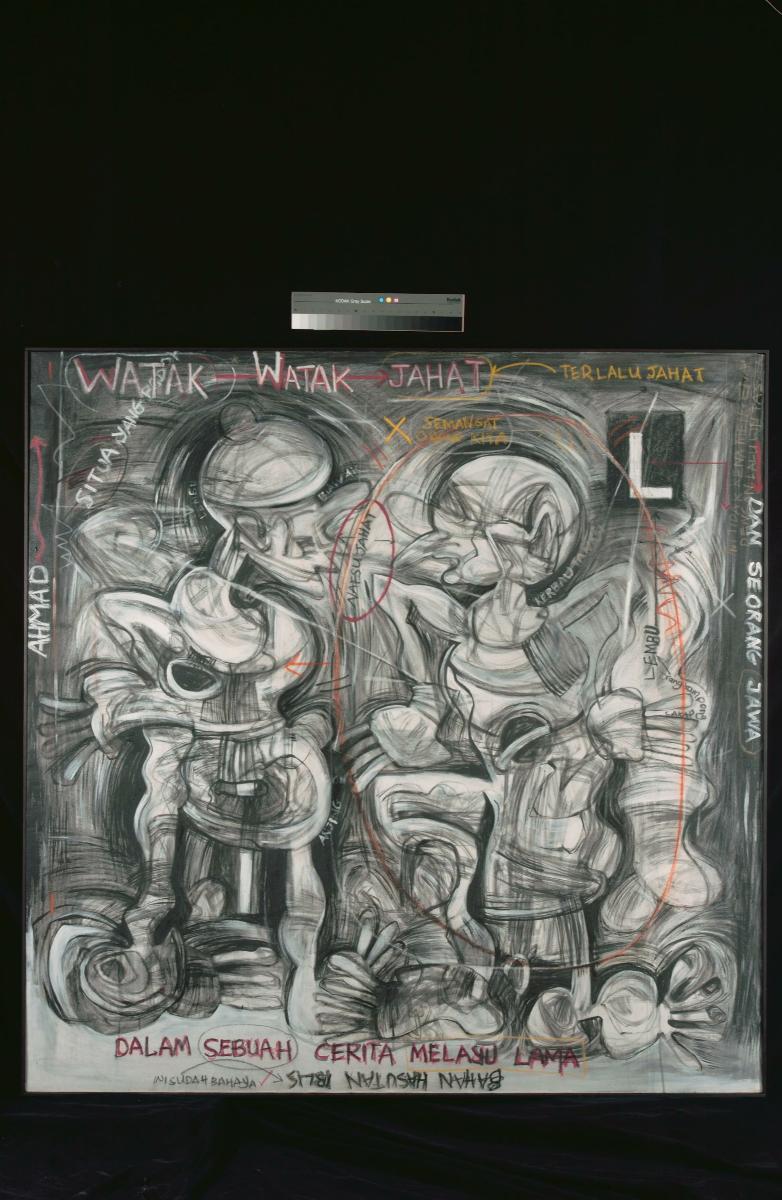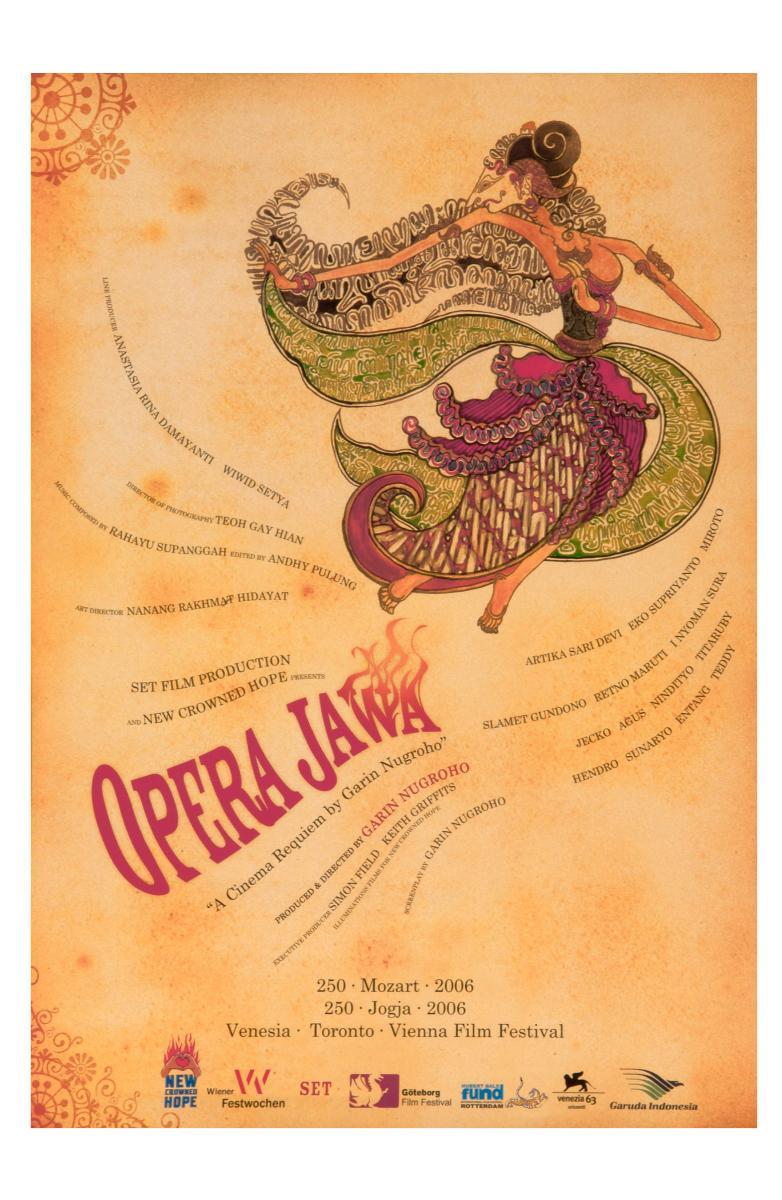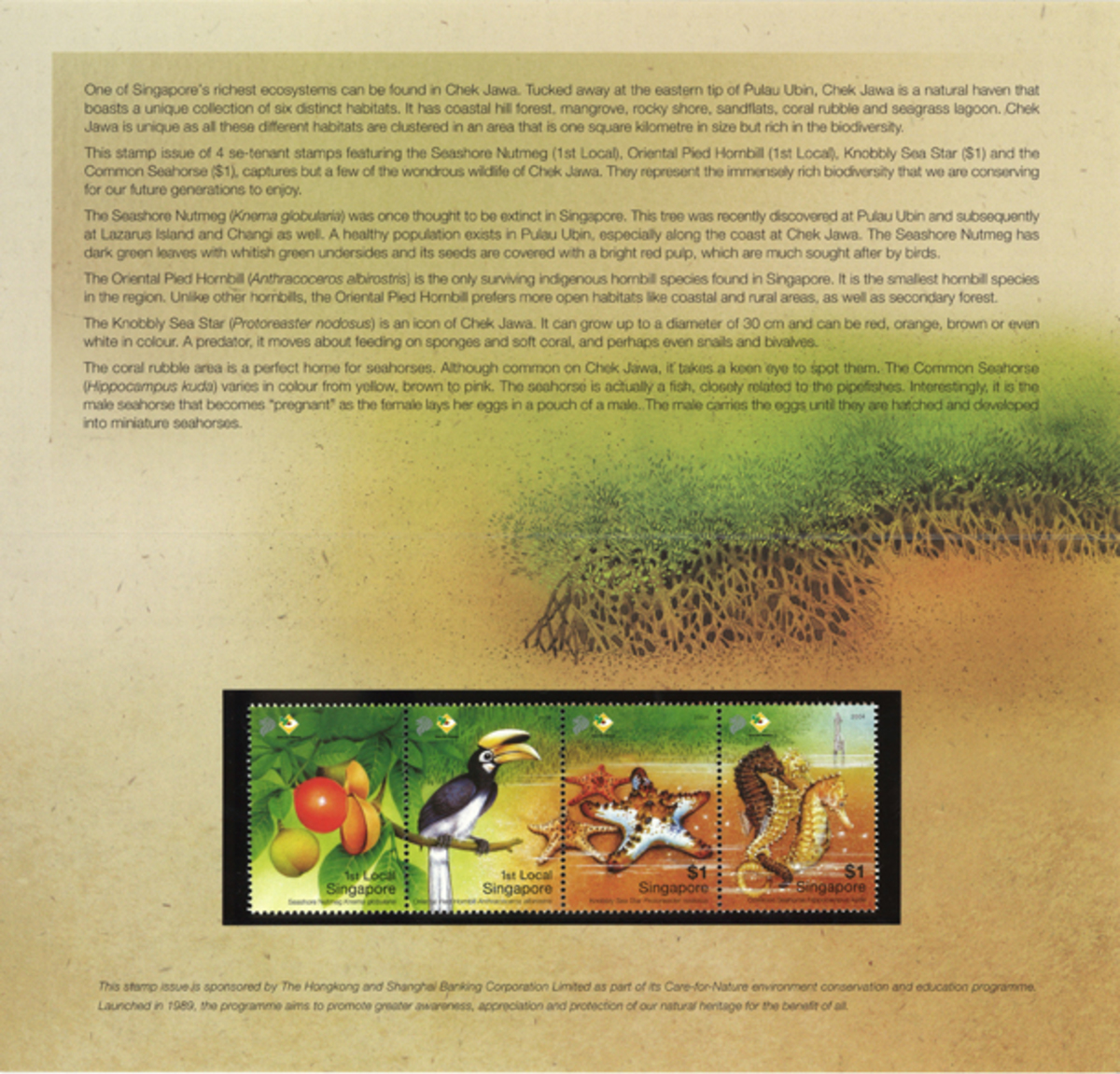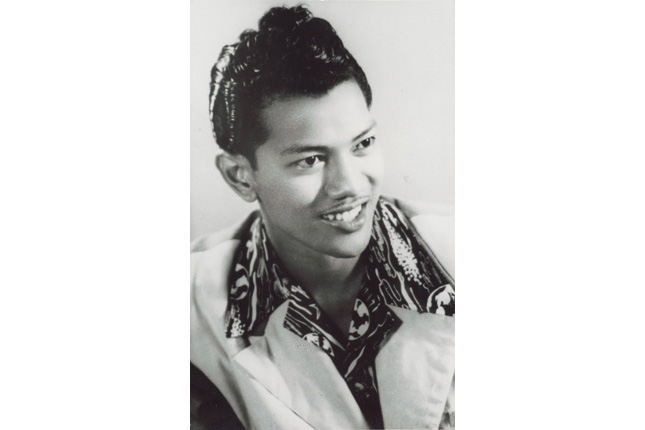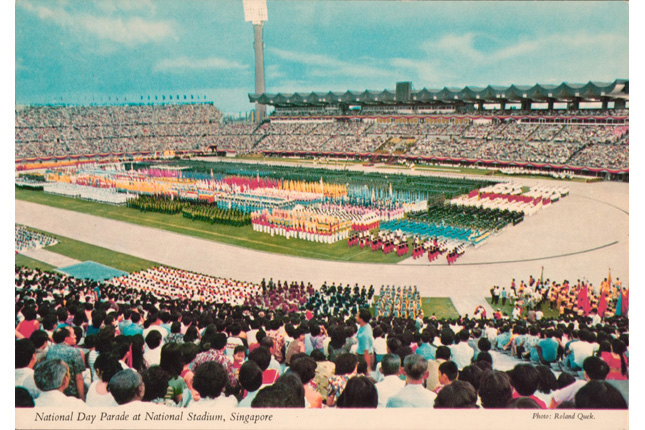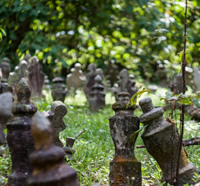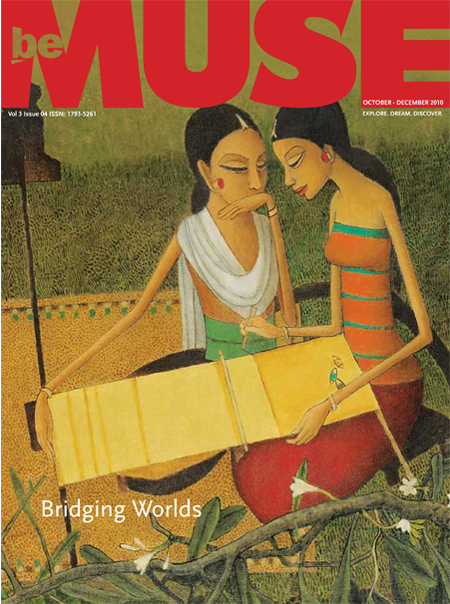Faizal Hamdan is a Bruneian artist born in Tutong, and raised in Bandar Seri Begawan. His practice is centered on the mediums of painting, sculpture and installation, and is often concerned with issues of materiality and tactility. Commissioned for the 2016 Singapore Biennale (“An Atlas of Mirrors”), Faizal’s installation, Dollah Jawa, proffers the intersection of dual histories, macro and micro. In the telling of two intertwined tales, it engages on one hand with the neglected history of forced migration in Southeast Asia during the Second World War, and, on the other with the artist’s personal family history, which was the result of broader developments in the trajectory of the region’s past. Faizal’s grandfather, who hailed from West Java, was one of many Javanese who were forcefully expatriated to Brunei by the Japanese Army to serve the imperial troops during the war. He stayed on after the occupation ended, marrying a local woman and raising a family there. Those convergent historical vectors are materialised here in the form of visual images. Like dimly remembered figures from the past, or hazy memories of events occluded by dominant historical accounts, these images are cast as blurry projections on either side of a screen of fabric, the lack of pictorial definition seeming almost to serve as a metaphor for the erosive work of the passage of time. On one side of the screen, old photographs featuring Faizal’s grandfather – official portraits, sepia-tinged family snapshots – suggest familial ties, with some featuring fragments of scribbled notes on the back. On the other side are archival images from the Japanese Occupation in Brunei, which occurred from 1941 to 1945: these include, among others, the photograph of the arrival of Japanese troops in the sultanate, the then Sultan Ahmad Tajuddin with members of the occupying forces, an example of the ‘banana’ currency used during the occupation, and the Japanese surrender to the Australians at the end of the war.




